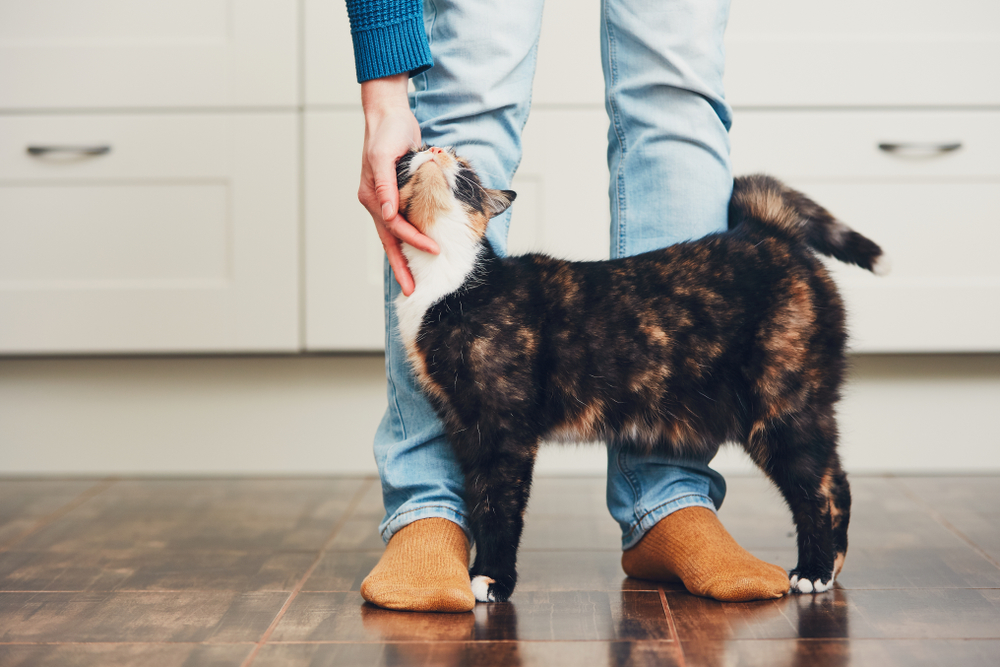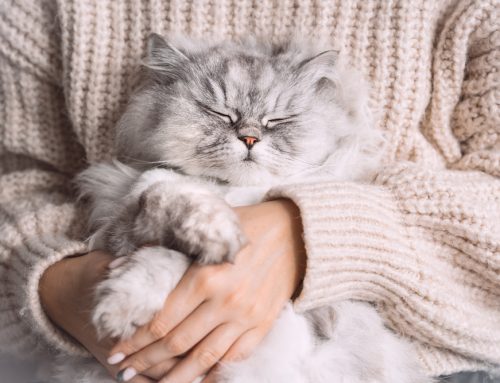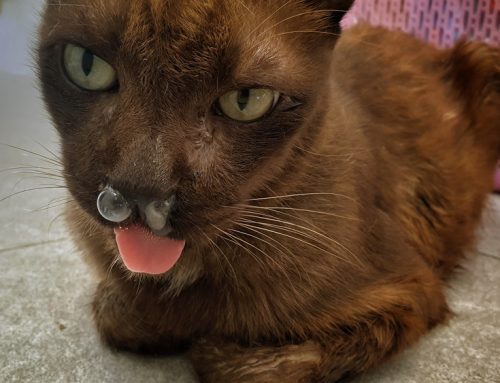Cats are good at hiding pain, and although your feline friend may have arthritis, you likely don’t realize they have this painful condition. Arthritis Joint pain and decreased mobility can negatively impact your cat’s quality of life (QOL). To help you learn to recognize and manage your cat’s arthritis pain, our Town and Country Animal Hospital team provides feline arthritis information and explains how this degenerative condition can affect your cat.
Arthritis causes in cats
Osteoarthritis (OA) is the most common arthritis type cats develop, causing the cartilage that normally cushions a joint’s bones to degenerate. The condition is most common in senior cats, and in many cases the cause is unknown. Factors that can increase your cat’s arthritis risk include:
- Excess weight — Overweight and obese cats are more prone to arthritis. The extra body weight causes excess strain on their joints. In addition, fat generates inflammatory cells that further damage joint tissues.
- Injury — Fractures, dislocations, and soft tissue injuries around a joint can lead to arthritis.
- Developmental disorders — Some breeds have a high risk of developmental disorders that predispose them to arthritis. Some of these conditions include:
- Hip dysplasia — Maine coons, and Persian and Siamese cats have an increased risk for abnormal hip development.
- Patellar luxation — Abyssinians and Devon rexes have an increased risk for recurrent kneecap dislocations.
- Cartilage abnormalities — Scottish folds have an increased risk for cartilage abnormalities that can lead to severe arthritis in multiple joints.
- Infection — Joint infections and certain systemic infections can lead to arthritis.
- Acromegaly — Affecting older cats, this condition causes the pituitary gland to secrete excessive amounts of growth hormone, potentially causing arthritis.
Arthritis signs in cats

Cats are excellent at hiding pain and discomfort, and arthritic cats rarely limp. Arthritis signs in cats are typically subtle and may include:
- Changes in resting behavior — Arthritic cats may sleep or rest more as the condition progresses, and they may choose resting places that are easier to access than the spots they previously favored.
- Stiffness — Arthritic cats may exhibit stiffness, especially after resting.
- Changes in jumping behavior — Jumping to or from elevated surfaces is hard on arthritic joints. Affected cats may jump less frequently or may completely avoid jumping to high areas.
- Reduced socializing — Cats who are in pain often don’t want to interact with people and other pets.
- Increased hiding — To avoid interactions, arthritic cats may seek solitude by hiding more often.
- Inappropriate litter box habits — Arthritic cats may have a difficult time getting in and out of their litter box, and may choose other—inappropriate—areas in your home, such as on your bed, to relieve themselves.
- Reduced grooming — Affected cats may not be able to groom themselves effectively, resulting in a scruffy, unkempt appearance.
- Obsessive licking — In some cases, arthritic cats obsessively lick a painful joint, which causes hair loss or skin rawness on the overgroomed area.
- Changes in temperament — Arthritic cats may be uncharacteristically irritable or aggressive.
Arthritis diagnosis in cats
Many arthritic conditions can cause a cat to exhibit the behavioral signs discussed above. However, to definitively diagnose feline arthritis, your Town & Country Animal Hospital veterinarian may perform some of the following diagnostics:
- Physical examination — Our veterinary team examines your cat from nose to tail, including palpating and manipulating their joints.
- Blood work — We may recommend blood work to rule out other conditions and determine if your cat is a good candidate for medications we commonly prescribe to treat a cat’s arthritis.
- X-rays — We may take X-rays to determine the severity of arthritic damage to your cat’s joints.
- Video — Cats typically don’t behave normally in the veterinary clinic. To be able to observe exactly how your cat moves and behaves in their usual environment, our team appreciates when you provide video of your cat in action at home.
Arthritis treatment for cats
Arthritis is best managed through a multimodal approach. Treatment strategies may include:
- Weight loss — Arthritic cats should be kept at a lean body condition. If your cat is overweight, our veterinary team will devise a safe weight-loss program to reduce the strain on your feline friend’s overloaded joints.
- Pain medications — Pain medications are frequently beneficial to arthritic cats, and our team will determine the best medication protocol to help ease your cat’s suffering.
- Drug trial — In some cases, we may recommend a drug trial to determine if a specific medication can improve your cat’s QOL.
- Home modifications — You can make changes to your home that can significantly benefit your arthritic cat. Consider these home modification suggestions:
- Provide comfortable, supportive bedding in easily accessible areas.
- Place ramps or stairs near elevated surfaces on which your cat likes to rest.
- Ensure your cat’s food and water bowls, scratching posts, and litter box are in easily accessible places. For example, avoid making your cat navigate the basement stairs to get to their litter box.
- Cut away one side of your cat’s litter box, or provide them with a box that has low sides to ensure your feline friend can get in and out easily.
- Elevate your cat’s food and water bowls so they can eat and drink without assuming a painful stance.
- Brush your cat frequently to prevent fur mats from forming, and trim their claws regularly to prevent nail overgrowth.
- Exercise therapy — Movement can help improve your cat’s joint range of motion and decrease their pain. Examples include having your cat chase a laser pointer, hiding treats throughout your home to encourage your cat to search and find, and creating an obstacle course for your cat to navigate.
- Joint supplements — Our team may recommend joint supplements, such as omega-3 fatty acids, glucosamine, and chondroitin, to help manage your cat’s arthritis.
- Surgery — If your cat’s arthritis is severe, our team may recommend surgery to remove damaged tissue and help alleviate joint pain.
Ensuring your cat receives appropriate veterinary treatment for their arthritis helps significantly improve their QOL. If you suspect your cat has arthritis, contact our American Animal Hospital Association (AAHA)-accredited Town & Country Animal Hospital PC team.







Leave A Comment